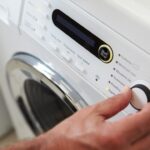Most people overlook the drain outlet located at the bottom right or left corner of their washing machine. If left uncleaned, this outlet can accumulate millions of bacteria, resulting in unclean laundry that is filled with bacteria and residue. This can further lead to skin issues and impact your overall health.
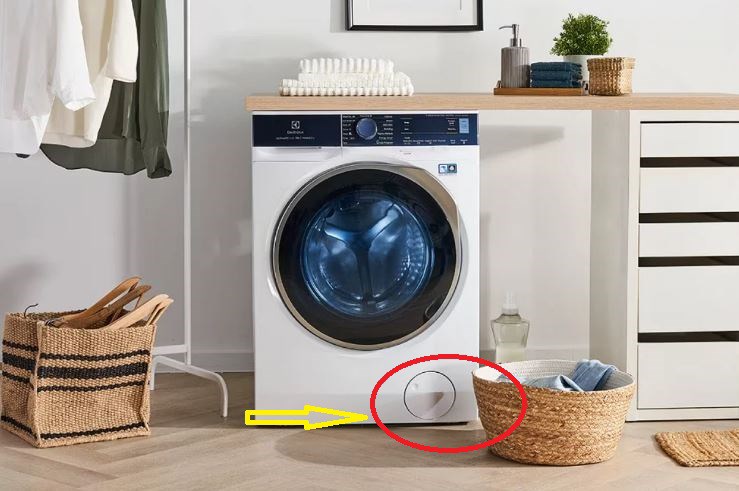
To clean this “organ,” use a sharp object to carefully open the drain outlet. Inside, you will find a small drain pipe with a “latch.” Pressing this latch will release the dirty water. Make sure to use a cup or any other object to catch the water and prevent a mess.
The color and odor of the drained water will vary depending on how often you perform this cleaning task.
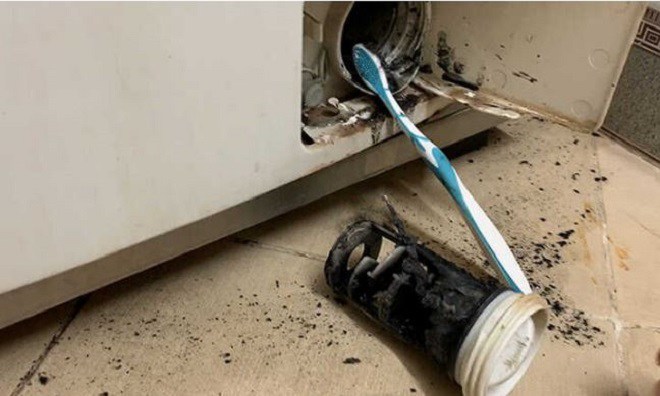
If you notice any dirt or grime buildup, use an old toothbrush to scrub and clean the area. Cleaning the drain outlet once a month can improve the washing machine’s performance and extend its lifespan.
In addition to this “organ,” there are a few other areas you should focus on when cleaning your washing machine:
– Rubber seal around the door
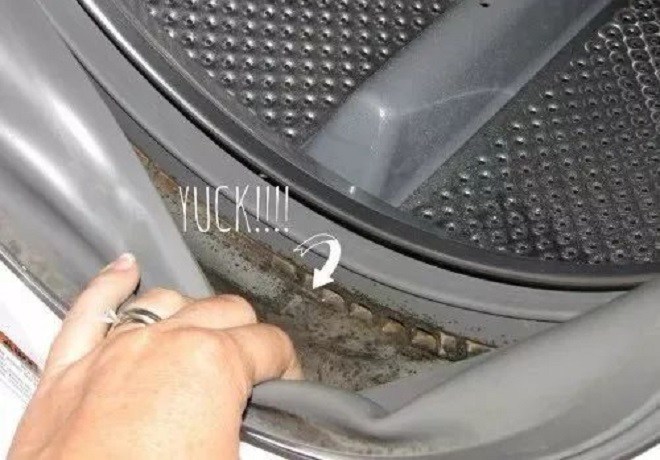
This area is often overlooked during cleaning. When you lift the rubber seal, you will find a layer of grime and sludge. This area is prone to water accumulation and moisture, providing an ideal environment for bacterial growth. This can not only make your washing machine dirty but also pose health risks.
To clean it, mix detergent with warm water in a 1:1 ratio, or mix white vinegar with baking soda. Apply this solution to the rubber seal and wait for 15-20 minutes. Then, thoroughly wipe and scrub the area to remove any dirt or mold. Finally, use a clean cloth to wipe it down.
– Lint filter
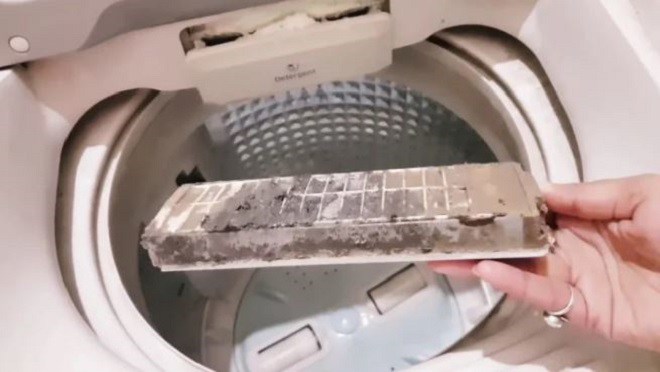
The lint filter prevents dirt and fabric fibers from entering the drain pipe and causing blockages. If left uncleaned for an extended period, your laundry may not smell fresh and may even have an unpleasant odor. It might also leave tiny fabric fibers on your clothes, causing irritation and itching.
Therefore, it is essential to regularly clean the lint filter. Simply remove the filter and use an old toothbrush to scrub and clean it before putting it back in place.
– Detergent compartment
This is another area where bacteria can thrive, so regular cleaning is necessary. The process is simple: just remove the detergent compartment and clean it as you normally would.
If the detergent residue is stubborn, mix some bleach with water and soak the compartment overnight. In the morning, take it out and rinse it thoroughly with dish soap or detergent.


























